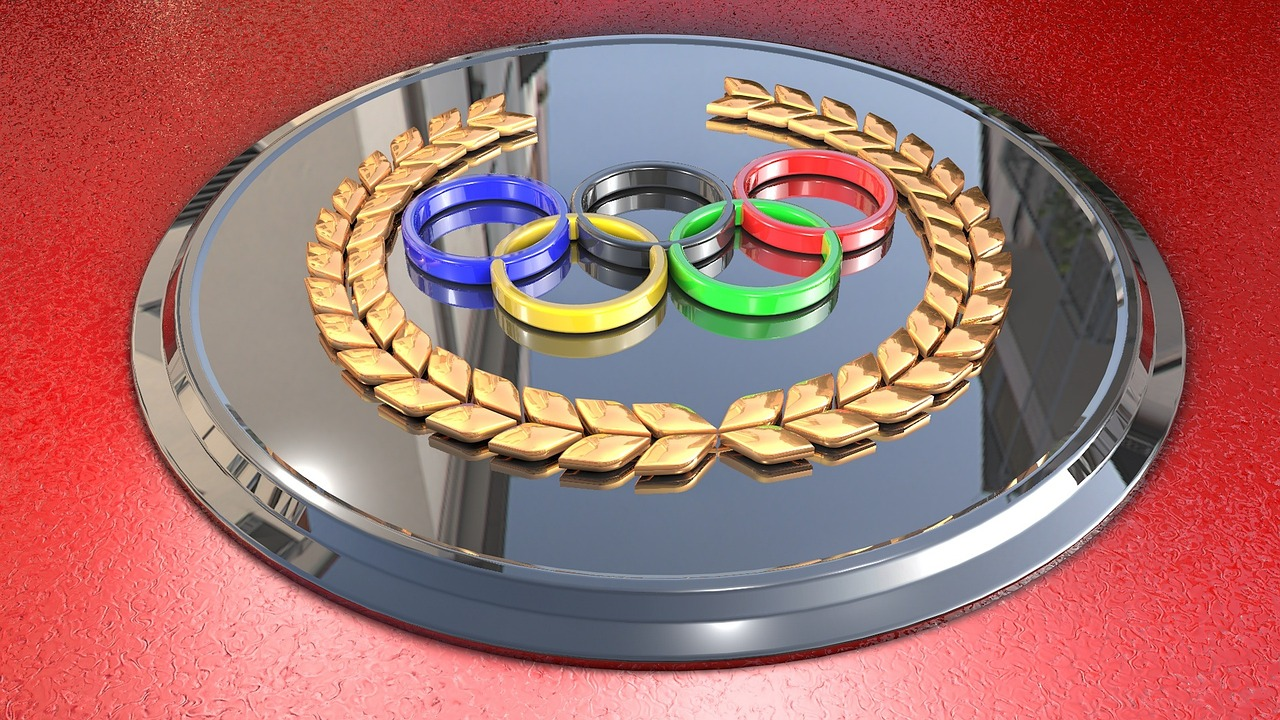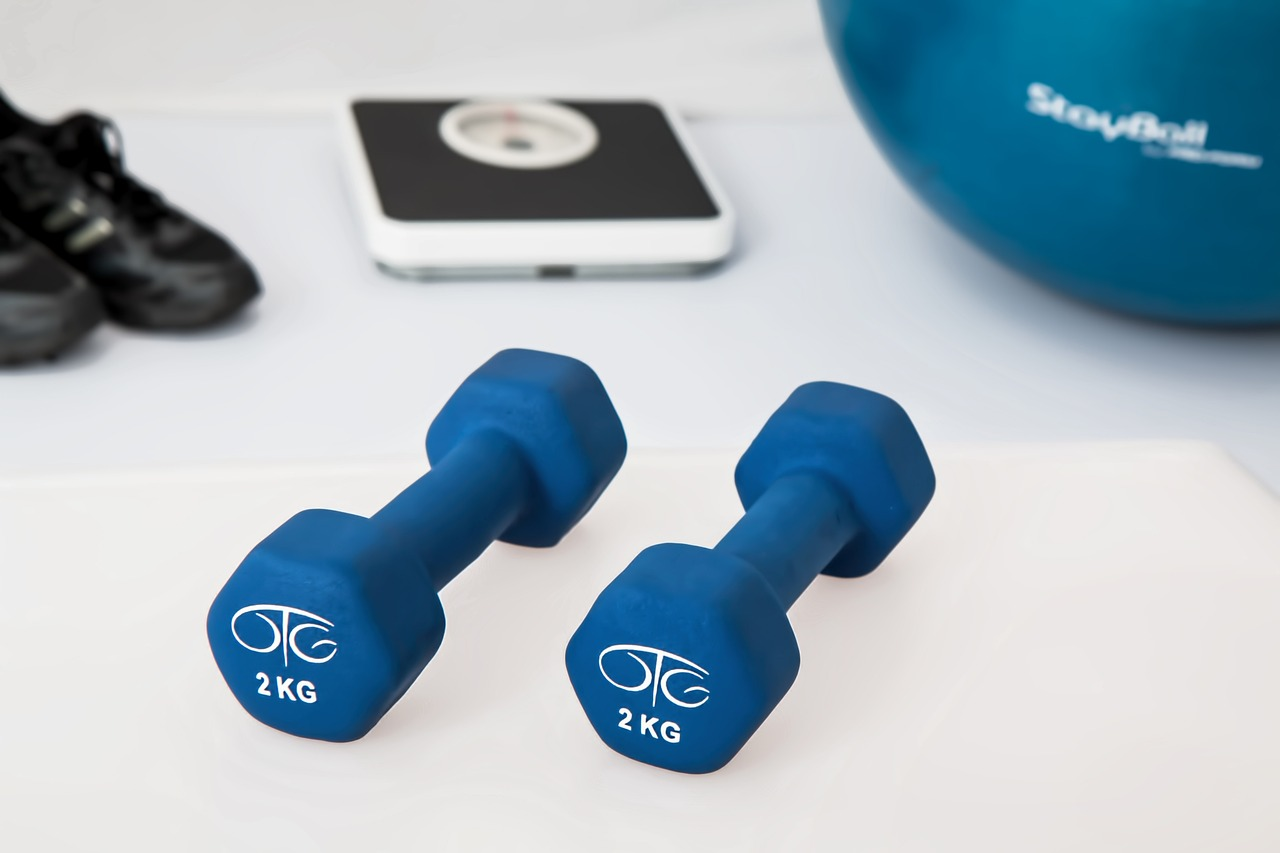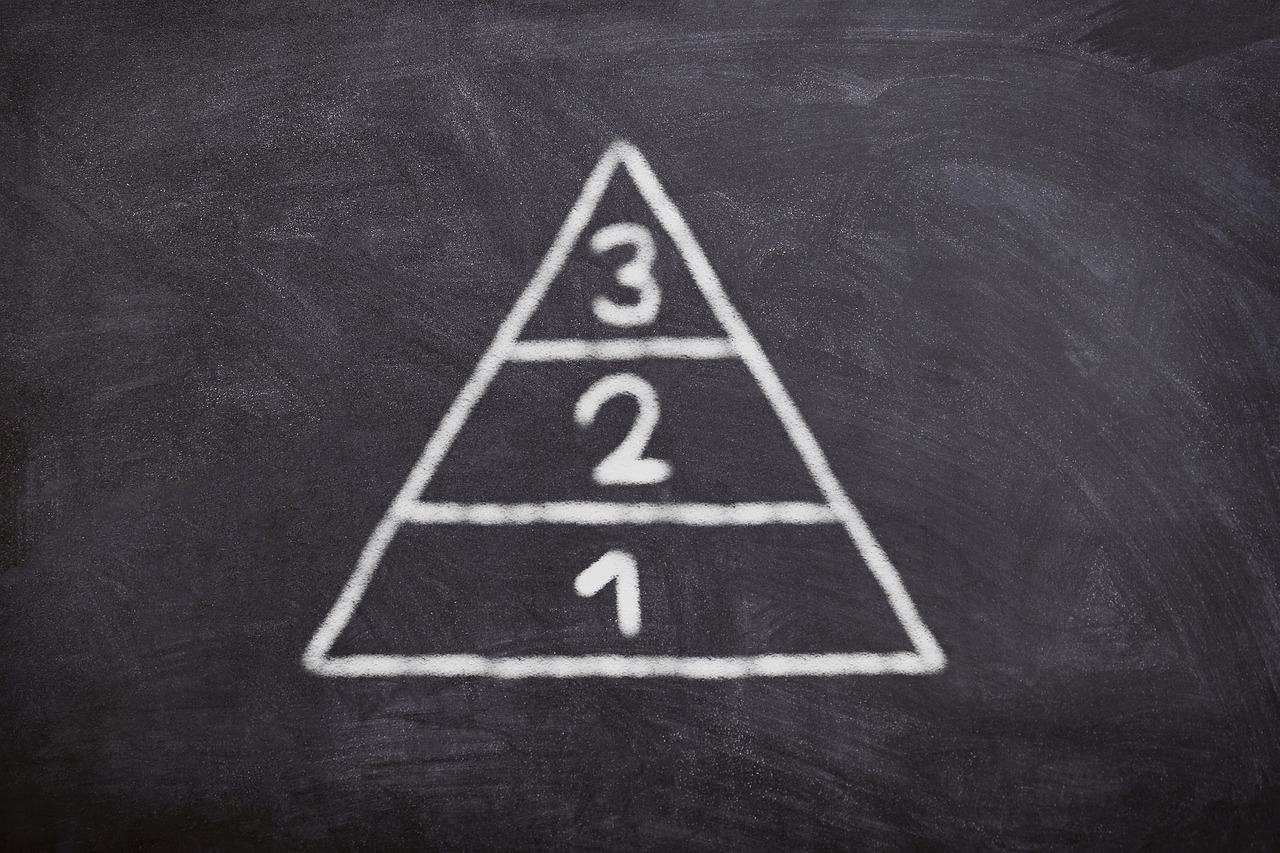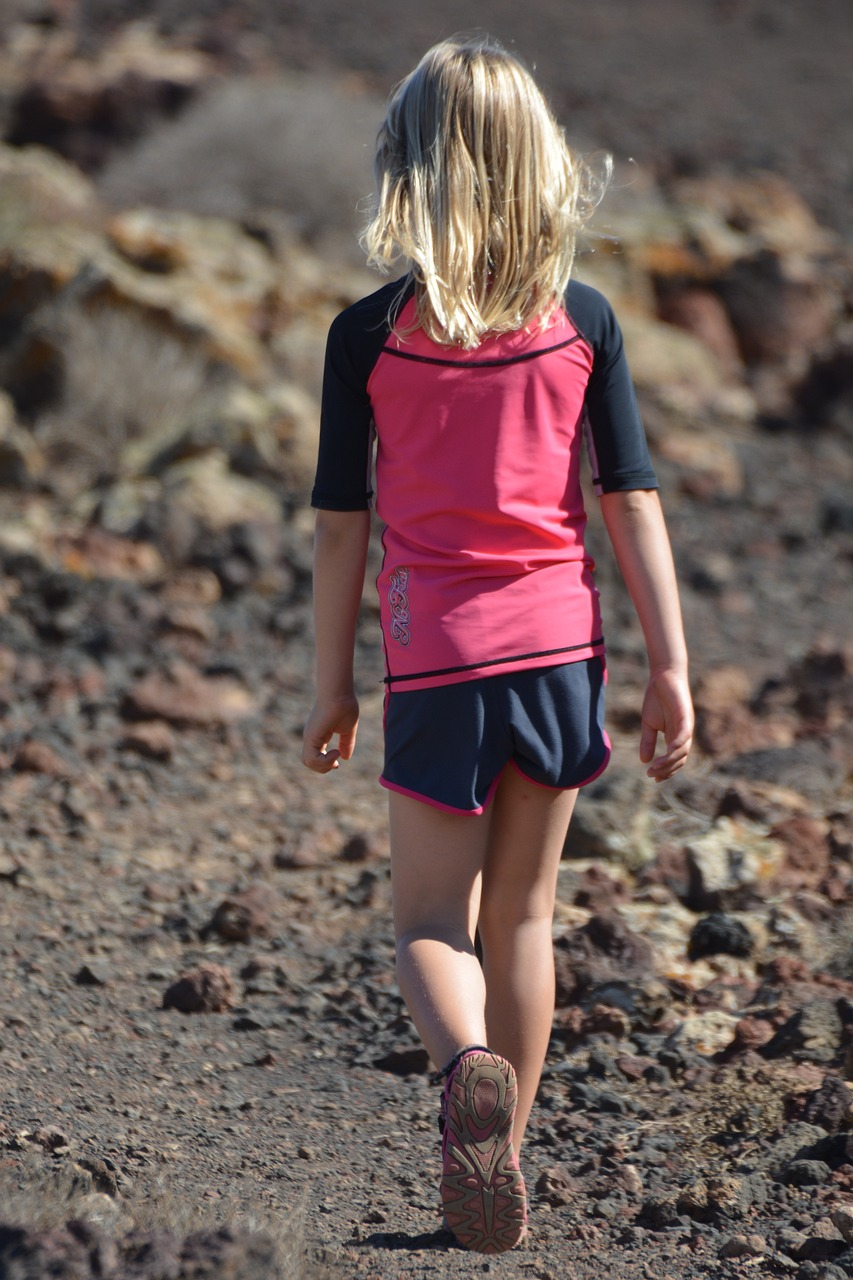
For as long as we have been a subject profession, we have advocated for Physical Education (PE) to be valued in the primary curriculum. Subject advocacy should be an important part of our role as educators, but what are we advocating for?
Physical education and political agendas
Our messaging can often get lost or skewed in the current memes and political agendas of the day.

The London 2012 Olympic and Paralympic Games set us on our current trajectory, cementing primary PE’s place within a ‘legacy of the Games’ E.g. [continued] investment, political profile, public interest and improved sporting infrastructure. We could be forgiven for thinking that such a public profile has led to the value of PE in primary schools being heightened. However, as we fast approach Paris 2024, I still hear from many practitioners, academics and teacher educators that primary school PE is still holding a marginalised position in the national curriculum.
Without question, there has been significant investment and profile for primary PE in the last decade, but do these factors alone constitute value?
In 2024, what value do we now place on primary PE and are we making considerable progress in our advocacy of the subject?
A memetic perspective of PE in primary schools
Memes are abundant in popular culture to explain current trends and societal narratives.

Ward and Griggs (2018, p.401) explain that conceptually “a meme is analogous to a gene in its ability to successfully replicate itself, with the ‘fittest’ memes surviving within a particular culture.” The memetic perspective is applied in their work to explain a cultural narrative of primary PE, considering how, over time, some ideas become dominant and others diminish.
Specifically, Ward and Griggs (2018) identify four memes for primary PE as:
‘sport techniques’
‘busy happy good’
‘anyone can teach it’
‘nowhere important’
These memes suggest that primary PE still has some way to go in locating itself as a serious contender at the top of a curriculum hierarchy. In order to achieve this we would need a shift in rhetoric:
- From ‘sport techniques’ to ‘learning in, through and about movement’
- From ‘busy happy good’ to ‘engaged, curious and meaningful’
- From ‘anyone can teach it’ to a ‘highly skilled workforce’
- From ‘nowhere important’ to ‘integral’
Shape shifting and school curricula
Recent decades have seen a shift in the study of Physical Education as a subject, shaped by biological and medical sciences due to a growing concern in the health of the population, reduced active lifestyles, kinesiology and our understanding of the moving child and cultural discourses around the body and sport.

This has led some school curricula globally to rebrand or reposition the subject to ‘Health and Physical Education’ (New Zealand) or ‘Health and Wellbeing’ (Wales and Scotland).
A constant shifting purpose has meant PE has become a microcosm of society, reflecting needs, interests and political direction.
The last decade has seen a plethora of publications emerge to provide primary PE with a research and evidence base to shape professional practice and frame the subject. Thus creating what MacPhail and Lawson (2020) have coined, a ‘shared technical culture’.
However, if the subject’s purpose (globally or locally) does not match the priorities of a school or the values therein, it is unlikely PE will realise a dominant presence in the curriculum.
Hierarchy that comes from a strong foundation
Primary pe’s value
Since London 2012, we have accelerated what we understand the core values to be in primary PE through a number of different avenues:
1) a commitment to funding and additional resources (through the Primary PE and Sport Premium)
2) visible political status (Physical Education and School Sport Action Plan and championing of ‘PE as Core’)
3) greater accountability (though scrutiny of the PESS Premium and school inspection).

While these efforts have undoubtedly made PE’s voice louder in school, noise doesn’t necessarily equate to value.
The very issue of curriculum value is centuries old, and for PE this may well be inherent in the subject’s instrumental focus of the body. As Bleazby (2013) suggests, where contemporary educational methods continue to favour content that is amenable to being digested into discrete, neatly defined parcels of ‘indubitable’ facts, we will continue to struggle in PE, to argue the value of the body over the mind.
I am not advocating here that we shift our attention in PE away from the body to obtain greater alignment with perceived ‘intellectual’ forms of knowledge; far from it. I would argue that we must concentrate our efforts on the important contribution of PE for human flourishing through activities such as:
Evidence and research
Increasing our understanding of primary PE through a range of robust forms of insight and publication. Growing our knowledge, establishing primary PE’s evidence base and transforming practice. Primary PE is still within its infancy in achieving this.

A highly skilled workforce
Valuing the profession with access to career long qualifications, professional development and networks for shared practice. Thus placing PE as a worthwhile endeavour for a primary educator.

Championing diversity
Celebrate what it means to be human and the many and varied environments we live in. Challenge practice that seeks to marginalise, suppress or undermine. This may require uncomfortable conversations about the curriculum we offer, the pedagogy that children experience and how we provide opportunities.

Creating coherence of impact
Articulate and promote our individual and collective endeavours that impact upon the lives of young people. Here we recognise the child is more important than the subject. If we impact positively on the lives of children, we hope they grow to respect and love an engagement in, for and about movement.
These are complex and challenging areas for us to focus on, but we are an extensive and diverse profession. Collectively we can create an understanding of PE that provides us with clarity around our articulation of purpose.

The following questions might be a helpful starting point to guide our individual or collective next steps:
What are we advocating for?
What evidence drives our current practice?
Who teaches PE and why?
Who benefits from current curricular provision, and who doesn’t?
What impact does PE have across the culture of the school?
Conclusion
Bleazby (2015) argues that inherent in most school curricula is some form of curriculum hierarchy, with an assumption that some subjects are more valuable than others. As primary PE competes with other equally deserving curriculum areas for more time, more money and more political engagement, we may well be compounding the issue and distracting ourselves from activity that would substantially move PE away from the precipice of marginalisation.
In this blog, I would like to distract attention from one of more political advocacy, as a means to raising the status of PE, to a focus on activities that help to build our knowledge, expertise and coherence as a workforce.
Over time we might be able to shift cultural memes to reflect a narrative of PE that is fitting for a curriculum that holds value. Within that, we may also seek to recognise that value doesn’t necessarily come from more money, more time, more political profile. By focusing on activities that promote evidence based understanding and awareness, we might come to realise that value is less about what subject sits at the top of the hierarchy and we challenge the concept of a curriculum hierarchy altogether.
References
Bleazby, J. B. (2013). Social Reconstruction Learning: Dualism, Dewey and Philosophy in Schools. London: Routledge.
Bleazby, J (2015) Why some school subjects have a higher status than others: The epistemology of the traditional curriculum hierarchy, Oxford
Review of Education, 41:5, 671-689
MacPhail, A. and H. Lawson (2020). School Physical Education and Teacher Education: Collaborative Redesign for the 21st Century London:
Routledge.
Ward, G., & Griggs, G. (2018). Primary Physical Education: A memetic perspective. European Physical Education Review, 24(4),
400-417.
Further information
If you enjoyed this insight, you may also enjoy reading about the history of the national curriculum, or finding out more about PE Scholar’s Primary Concept Curriculum. You can also complete this short course on how to embed physical literacy into your teaching.


Responses